14. The Adventures of Priscilla, Queen of the Desert (1994)
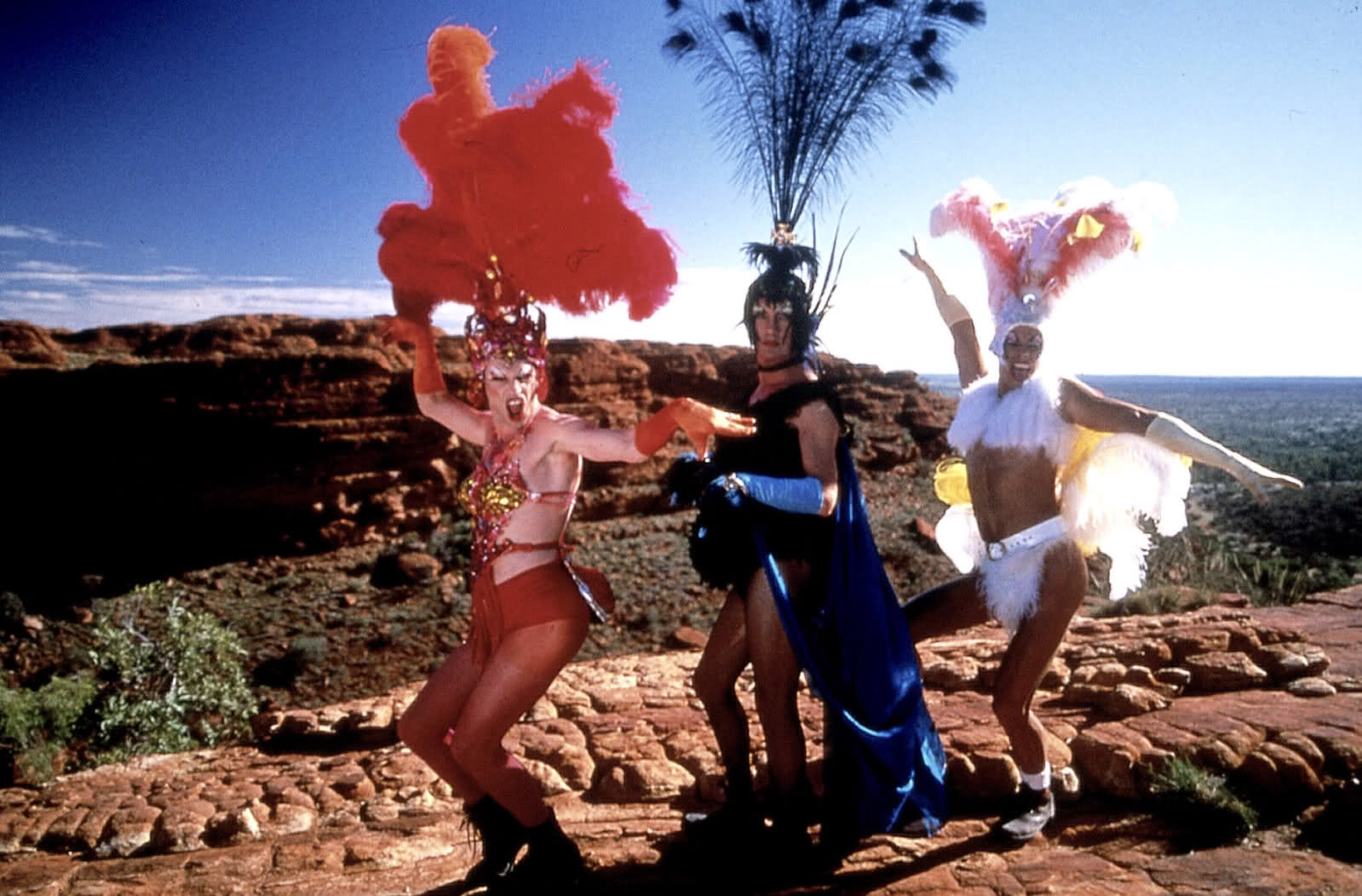
‘The Adventures of Priscilla, Queen of the Desert’, written and directed by Stephan Elliott, is an essential movie. Its quirky and moving tale of good people journeying through a harsh environment helped raise awareness of LGBT characters and themes in film and helped distinguish the Australian cinematic voice apart as striking, curious, eccentric and mystical.
Two drag queens (Hugo Weaving and Guy Pearce) and a transsexual woman (Terence Stamp) travel from Sydney to Alice Springs to perform their cabaret.
Following the Outback Gothic and road movie tradition, ‘Priscilla’ presents the locals of the small towns the trio visit as violent and ignorant. In line with gothic architecture, the moonlit towns are shown as shadowy places of endless dust, decaying mining machinery, corrugated iron and work lights.
With all this saying however, the film remains light-hearted, comical and visually-stunning.
The film isn’t supernatural in any way yet there’s a curious kind of magic to be felt in seeing the tail of a massive, silver dress dance behind a bus amongst a rusty, endless wasteland.
‘The Adventures of Priscilla, Queen of the Desert’ is an icon of Australian cinema. Featuring a bounty of hypnotic sequences, great performances and highly-creative costume designs, it’s a thoroughly entertaining and genuinely ground-breaking movie.
13. Razorback (1984)
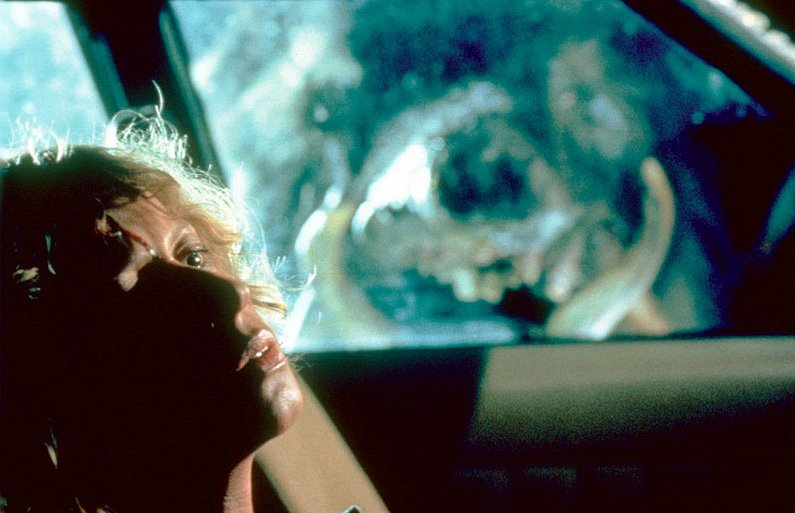
Russell Mulcahy’s outback horror is one of the finest achievements of ozploitation cinema. Both an impressive debut feature and a stylish slice of Outback Gothic, ‘Razorback’ finds a stranger, grimmer side to the nation’s landscape which will devour all who enter it.
The plot’s simple enough: a massive, man-eating boar wanders the Australian outback terrorising and eating people.
There’s no use hiding what it is: it’s a creature feature well and true, and a fine one at that. Strangely choosing to focus on a mutated version of an introduced species rather than one of the nation’s many native predators, ‘Razorback’ is fascinated with the idea that European society – an unwelcome entity imposed upon Aboriginal land – will ravage itself.
The success of the movie undoubtedly is in its hyper-stylised cinematography and production design which can be labelled as nothing other than “Outback Gothic”. A cloud of dust hovers like a ghostly mist, a kangaroo watches a sunset which lights up the sky an apocalyptic red, a spinning windmill makes moonlight flash like a strobe-light, and disjoint beams are thrown within an old tin shack.
Unrelenting and insatiable, ‘Razorback’ stands at the forefront of Australia’s long line of superb creature features.
12. Ten Canoes (2006)
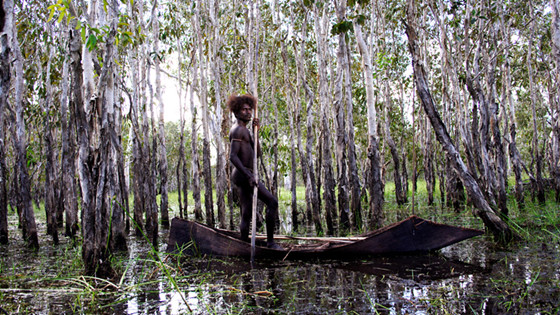
The first – and yet only – movie filmed entirely in Aboriginal Australian languages, ‘Ten Canoes’ offers a genuine perspective on a landscape and its people.
Set in Arnhem Land before Western contact, it recounts the ancestral tale of the warrior Ridjimiraril (Crusoe Kurddal) who suspects a stranger of kidnapping one of his wives, as told to Dayindi (Jamie Gulpilil).
Whilst its director Rolf de Heer is Dutch-born, the true authors of ‘Ten Canoes’ are the Yolŋu people. The narrative structure is unlike that of most Western films, reflecting the Aborigines’ district style of oral storytelling.
It would be wrong to try and understand ‘Ten Canoes’ as merely a story within a story within a story; it’s a much more complex and cultural experience. The ancestral tales interplay and reverberate on later events for thousands of years; the interaction between story, storyteller and listener is an intimate cultural bond which transcends all time and space.
‘Ten Canoes’ demystifies the Aborigines who are typically stereotyped as naïve spiritualists in Australian films. The narrator even makes jokes. Above all however, it portrays the everyday life of the Yolŋu before colonisation with neither idealisation nor condemnation. It simply tells their “story”.
‘Ten Canoes’ won the Un Certain Regard Special Jury Prize at Cannes and is rightfully classed by Empire Magazine as one of “The 100 Best Films of World Cinema”. It’s poetic, enlightening and, above all, necessary, making it one of the best films Australia has ever produced.
11. The Proposition (2005)
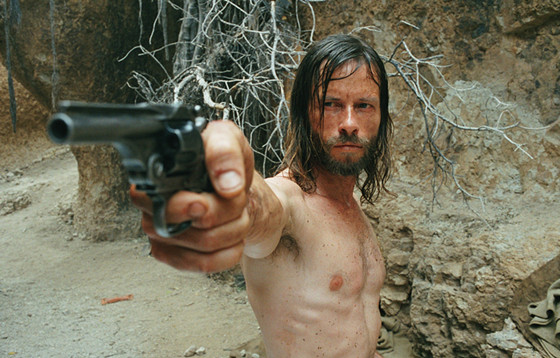
John Hillcoat’s western is a harrowing, McCarthy-inspired look at the blood, savagery and dust which laid the foundations of a nation, and offers a painfully hellish glimpse of the outback.
Set in the 1880s, an outlaw (Guy Pearce) must make a deal with a fervent lawman (Ray Winstone), to hunt down and kill his sadistic brother (Danny Huston) so that his younger brother (Richard Wilson) might be spared.
Hillcoat (who would later go on to adapt ‘The Road’) offers a nihilistic vision of a frontier society at the height of its carnage and now at the onset of its night, akin to Cormac McCarthy’s purportedly-unfilmable look at the anarchic, scalp-hunting American South-West in ‘Blood Meridian’.
Inevitably it’s brother against brother. From the deafening gunfight at the beginning to the closing blood-red sunset, we are reminded that pre-Federation Australia was a society which was chaotic, vicious and never meant to be, and subsequently disappeared into the sands of time.
‘The Proposition’ is a masterpiece and one of the best Westerns ever made. It proved that the cruel outback is a gothic place where ought to find the darkness in the heart of men and the brutality at the heart of a nation. As McCarthy warned: “War is God.”
10. The Hunter (2011)
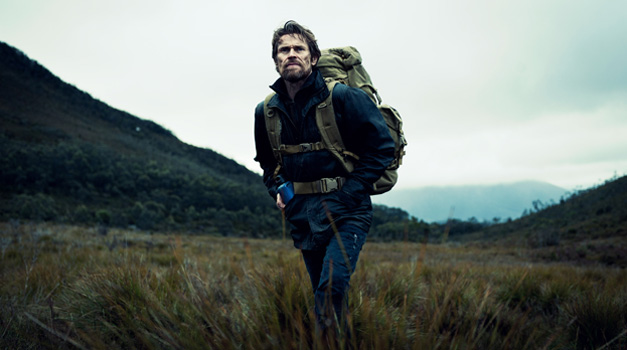
Daniel Nettheim’s adventure thriller mastered the Tasmanian Gothic. Eerie, poignant and shattering, ‘The Hunter’ is a tragedy for modern Australia: a tale of death and lost innocence in an alien place.
A mercenary (Willem Dafoe) is hired by a strange corporation to go into the Tasmanian wilderness and hunt down the last-surviving thylacine.
It bears all the hallmarks of a gothic work: massive monolithic settings, wailing winds, ghostly white mists, strange extinct monsters, locals who are hostile to outsiders, a doomed romance, a Byronic hero, a murder mystery, a horrific tragedy and an indefinable sense of mournful loneliness.
The thylacine is a legend engrained into the memory of Van Diemen’s Land. The Tasmanian tiger represents a kind of regional myth, that last unresolved mystery, that last hope for something magical or redemptive. To discover there is indeed one left only to see it slaughtered is utterly despairing.
Existential and thought-provoking yet soulful and heart-wrenching, ‘The Hunter’ remains one of the most underrated films made since 2010.
9. Long Weekend (1978)
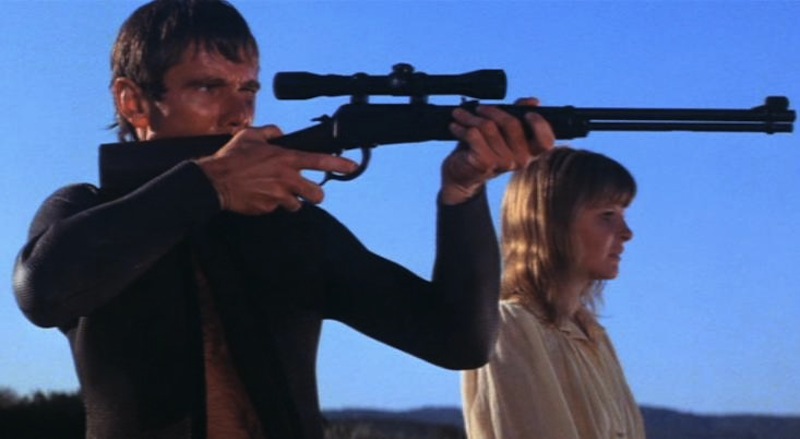
Virtually unheard of outside cult circles, ‘Long Weekend’, directed by Colin Eggleston, is quite possibly the best horror film Australia has ever produced. Unique, bizarre and genuinely uncanny, the film cuts deep into Australia’s cultural consciousness by turning the traditional Gothic romance on its head and transforming the bush into a dark, unstoppable force of death and revenge.
Whilst trying to reform their crumbling marriage on a vacation, Marcia (Briony Behets) and Peter (John Hargreaves) come under the attack of the bush itself.
The Australian New Wave presented the landscape as a foreign entity destined to consume imperial society. By refusing to show this force as a single creature, ‘Long Weekend’ created a villain which was everywhere yet nowhere, destructive yet incomprehensible.
There are harbingers are everywhere: a drowned van, a nest of feasting ants, the bush which literally rearranges itself off-screen, and, most memorably, a “bunyip” which creepily appears closer and closer every time the camera turns away.
Perhaps more than anything however, the collapsing marriage of the two youths seems to be the most distressing factor. Not only is it man vs. nature; it’s man vs. woman, husband vs. wife.
‘Long Weekend’ fulfils that golden rule of gothic fiction that the landscape and the weather ought to reflect the internal struggle and darkness of man. It’s passes with flying colours, and is by far and large one of the most underrated horror films ever made.
8. Snowtown (2011)
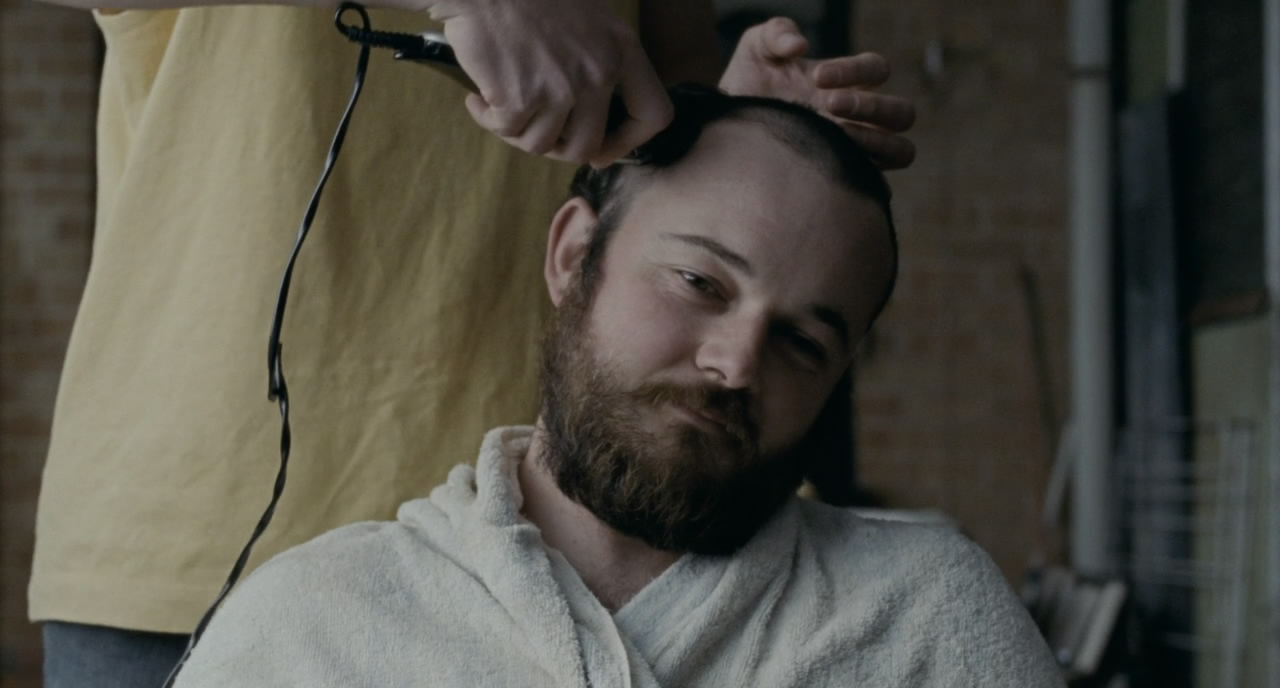
Justin Kurzel’s serial killer docu-drama is brutally honest. Worrying and revolting yet captivating and authentic, ‘Snowtown’ is a social realist drama which you’ll struggle to turn away from, even in its most unwatchable moments.
Based on the true story, it tells of Jamie (Lucas Pittaway), a molested teenager living in a rundown Adelaide suburb, who finds a father figure in John Bunting (Daniel Henshall): Australia’s most prolific serial killer.
‘Snowtown’ is presented more as a kitchen sink tragedy than an actual true crime thriller; it’s a study of the horrific conditions which allowed evil to take root and to flourish.
The darkness is secured by the time of the film’s final, devastating moments where the titular Outback town finally makes its appearance. There’s a room full of barrels, a group of murderers, and a victim. The door closes on us and the fates of every one of them are sealed.
‘Snowtown’ is frightening because it gets uncomfortably close to real, inexplicable evil. It’s a gothic movie about the charismatic, dark side of humanity, but the veracity of its events, characters and dialogue makes it in no way supernatural.
We’re forced to ask who is truly responsible: the murderer, the accomplices, or the country which pushed the two closer together and who turned away as the atrocities unfolded? It’s these uneasy questions which make ‘Snowtown’ one of the best serial killer exposés ever made.